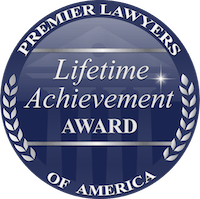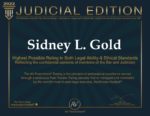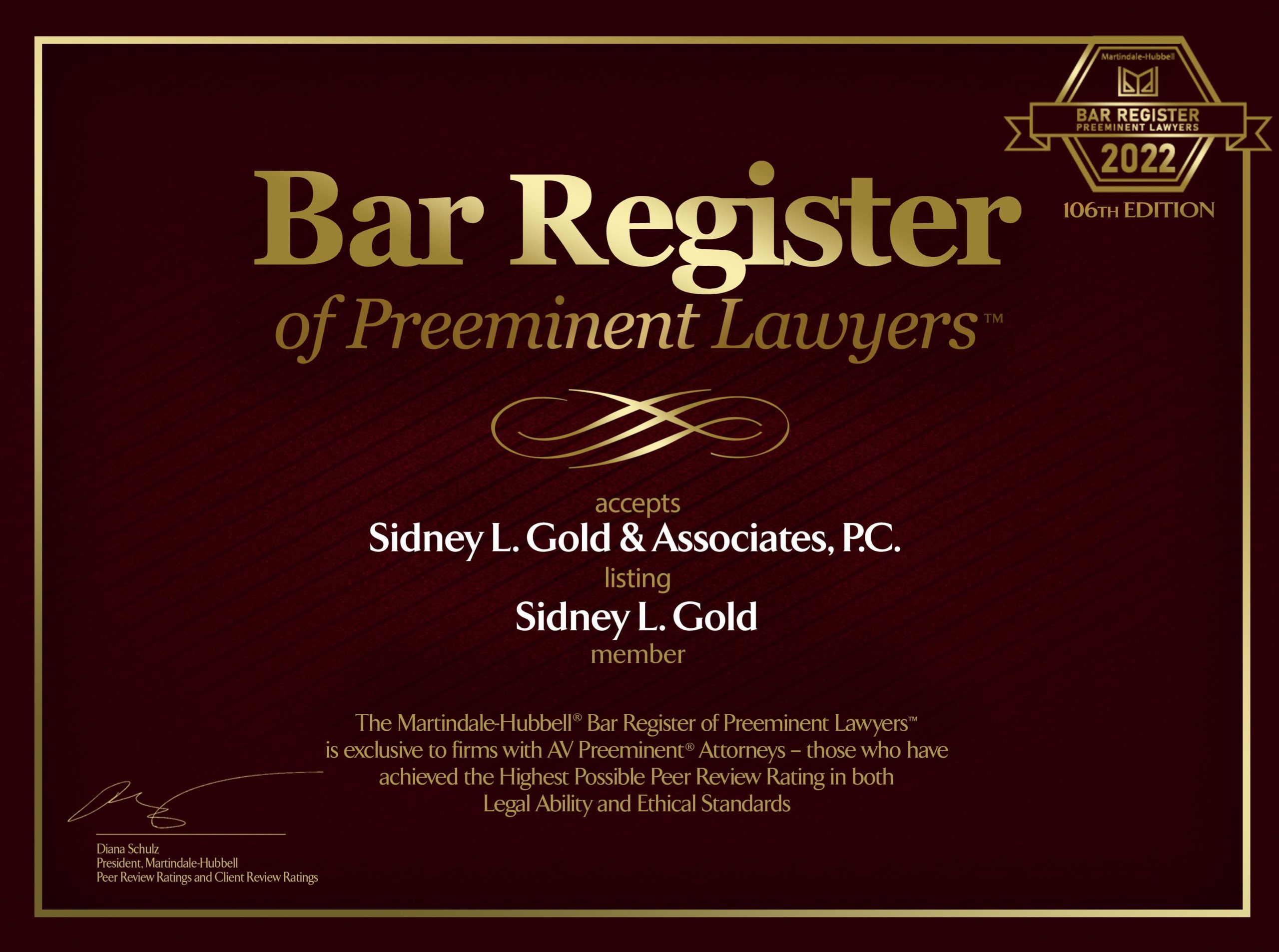Harassment can be civil or criminal. It depends on the state. Each state has different definitions of harassment. The general definition is annoying, threatening, intimidating conduct or actions placing a person in fear of their safety. Types of offending action includes derogatory comments or epithets, physically blocking someone, and offensive touching.
Harassment in the workplace can be regulated by the states. For the most part, with federal laws on the books, reviewing complaints of workplace harassment is the responsibility of the U.S. Equal Employment Opportunity Commission (EEOC).
In the workplace, there is non-sexual harassment and sexual harassment conduct, verbal or non-verbal, which is prohibited.
Parsing through the legal issues of what is sexual harassment and what is non-sexual harassment can be complicated. The distinctions and definitions have critical components that courts have recognized.
Harassment in the News
The first instance of sexual harassment in the United States was recognized as such in 1977. In a court decision, it was found that women were being fired from their jobs because they scorned sexual overtures and advances from employers and supervisors. The courts considering these claims and complaints judged them to be a violation of Title VII of the Civil Rights Act of 1964.
The concept of a hostile work environment came into play in subsequent decisions as to qualify for illegal discrimination. This included sexist behavior. In 1980, the EEOC included both concepts in its guidelines.
More recently, sexual harassment of women by their famous bosses was in the headlines. With it, came the revival of the earlier #MeToo movement seeking victims to come forward to detail events of sexual harassment. The #MeToo movement has had considerable repercussions, on elected office holders, on politicians, on Hollywood personalities, and among others who are public figures. There is no question that the #MeToo movement has had repercussions nationwide.
Listing #MeToo allegations and accusations is not the purpose of this discussion. Rather, it is to provide an understanding of what are the differences between non-sexual harassment and sexual harassment.
What is Non-Sexual Harassment?
Non-sexual harassment is prohibited conduct under Title VII of the federal 1964 Civil Rights Act. What constitutes non-sexual harassment are words, conduct, or actions that relate to race; age, over 40 years of age; gender; skin color; disability; ethnicity; and national origin.
These are examples of non-sexual harassment in the workplace:
- Racist comments, jokes, nicknames.
- Derisive remarks about another’s religious beliefs or lack of them.
- Inappropriate statement about another’s skin color or ethnicity.
- Remarks or mocking about a co-worker’s disability.
- Offensive statements, verbal or written, about ethnic, racial, or religious stereotypes.
- Derogatory comments another’s age, especially an older person.
In the workplace, when non-sexual harassment actions create a hostile work environment or creates an uncomfortable atmosphere for the offended person, it can be reported, with a complaint filed, and appropriate action taken.
If any of these examples of discriminatory conduct are witnessed or observed, a complaint should be filed with the company’s human relations department and if an acceptable resolution or outcome does not happen, a complaint filing with the EEOC, or any other federal agency with enforcement authority, should be considered.
On notable difference between non-sexual harassment and sexual harassment is that in the former improper or illegal action, it does not morph into a non-sexual abuse. It starts as a form or type of harassment and may escalate to a criminal act if there are other elements added. These incidents include constituting an assault or instilling fear in the victim.
Sexual Harassment has a Higher Public Profile Today
Statistics released by the EEOC over the past decade document that complainants are overwhelmingly female workers. Only 16 to 17 percent of yearly complaints are by male workers. The public perception is that the #MeToo movement is for women of all ages is accurate. The history of the sexes in the workplace in the United States has featured owners and supervisors who are male and workers and staff who are female. The glass ceiling has hovered over women for years to keep them from rising up to ownership and leadership and supervisory levels in companies. Male dominance in most facets of company ownership and operations was very much the way of life.
Before the #MeToo movement, there were feminist movements and efforts to break through stereotypes that kept women in their place in the workplace.
Given what has been happening with women’s rights in the workplace, it is not surprising that claims of sexual harassment in the workplace are receiving media coverage today, placing claims of sexual harassment in the forefront.
Defining Sexual Harassment
Government agencies studying sexual harassment have assigned three categories of sexual harassment as a form of illegal discrimination:
- Gender harassment, including verbal and non-verbal actions conveying objectification, hostility, or exclusion toward one gender.
- Unwanted sexual attention, unwelcome sexual advances that are verbal or non-verbal.
- Coercion, as a form of favorable professional or educational treatment conditioned on sexual activity.
The discriminatory behavior can be directly targeted at someone or general in nature to create an uncomfortable environment.
It is important to know that some 5,000,000 workers are sexually harassed in the workplace each year. However, over 99 percent of these victims do not file formal charges. And of the one percent who do, less than 1,500 go to court in any year.
For any victim who does report sexual harassment, most are subject to punishment by their employers eventually.
And of the complaints filed with the EEOC, only some 12 percent of the claims lead to management changing workplace practices.
Still, sexual harassment in the workplace is illegal and is wrong on many levels. Victims should not feel isolated or powerless and need to identify instances of sexual harassment in the workplace. These instances are not to be protected or perpetuated. This is against the law, and corrective actions need to be taken, regardless of who is part of the conversation: the victim, the co-workers who observe it, the offending supervisor or co-worker, and management and ownership.
Here is a list of workplace sexual harassment behaviors:
- Unsolicited sexual advances. This includes the benign, such as asking for a phone number or a date, to the more direct, including unwanted kissing and touching.
- Passing around or sharing sexually suggestive videos or images such as pornographic subjects, inappropriate imagery, and offensive posters in the workplace.
- Sending sexual emails or letters or texts, which include vulgarity toward someone’s body, or leaving inappropriate notes.
- Sharing offensive, sexist, lewd, or disparaging jokes or remarks that refer to another employee.
- Inappropriate sexual gestures: leering, ogling, or obsessively watching an employee in a sexual way. This includes catcalls and whistles.
- Commenting about a co-worker’s body, clothing, or appearance in a suggestive way.
- Inappropriate touching of a co-worker, including pats, pinches, slaps, rubbing, or brushing up against someone.
- Inquiring about a co-worker’s sexual preferences or orientation.
- A quid pro quo situation seeking the performance of a sexual act for employment benefits to the victim.
- Extortion or threats to punish a co-worker who refuses to have sex by taking adverse employment action.
An employee experiencing any of these sexual harassing activities or situations does not have to take the offending co-worker and employer to task alone. Lawyers who make discrimination and harassment complaints the focus of their practice can help a victim. Help comes in the form of listening, documenting the events, assembling the facts, interviewing and investigating, and then focusing on remedies and recoveries and improving the workplace environment. Experienced lawyers in this field are available to be a source of strength.
Is Non-Sexual and Sexual Harassment Limited to the Workplace?
The answer is no. The definition of the workplace includes the job interview process.
In the interview, a prospective employer cannot ask about race, religion, gender, age, which are non-sexual discrimination topics; or anything intimating sexual harassment, such as sexual preferences. The job interview is about prior employment, education, experience, ability, skills, and qualifications for the job.
If in the interview, there is any discussion about rumor or accusation about the candidate and the possible position, this is a delicate topic. The candidate should speak with a lawyer first to discuss the appropriate response.
Philadelphia Sexual Harassment Lawyers at The Gold Law Firm P.C. Advocate for Those Who Face Harassment in the Workplace
All workers have the right to feel safe and comfortable while doing their job. If you are a victim of workplace harassment, whether sexual or non-sexual, or have any questions about the subject, the Philadelphia sexual harassment lawyers at The Gold Law Firm P.C. can help you fight this situation. Our experienced lawyers will get you the justice you are seeking. Call us today at 215-569-1999 or contact us online for a free consultation. Located in Philadelphia, Pennsylvania, and Pennsauken, New Jersey, we serve clients in Wilkes-Barre, Scranton, northeast Philadelphia, Bucks County, Chester County, Delaware County, Montgomery County, and Cherry Hill, South Jersey.





































